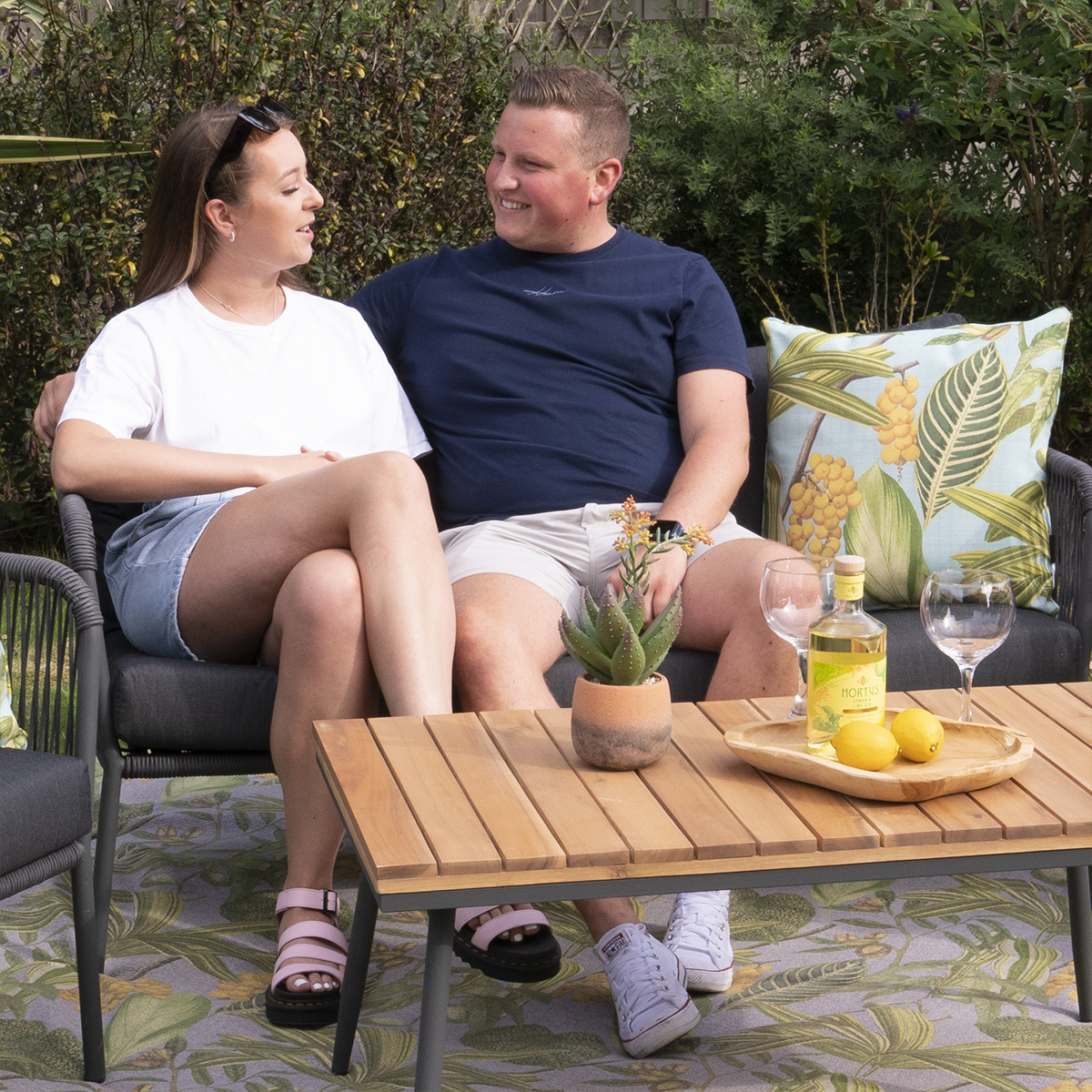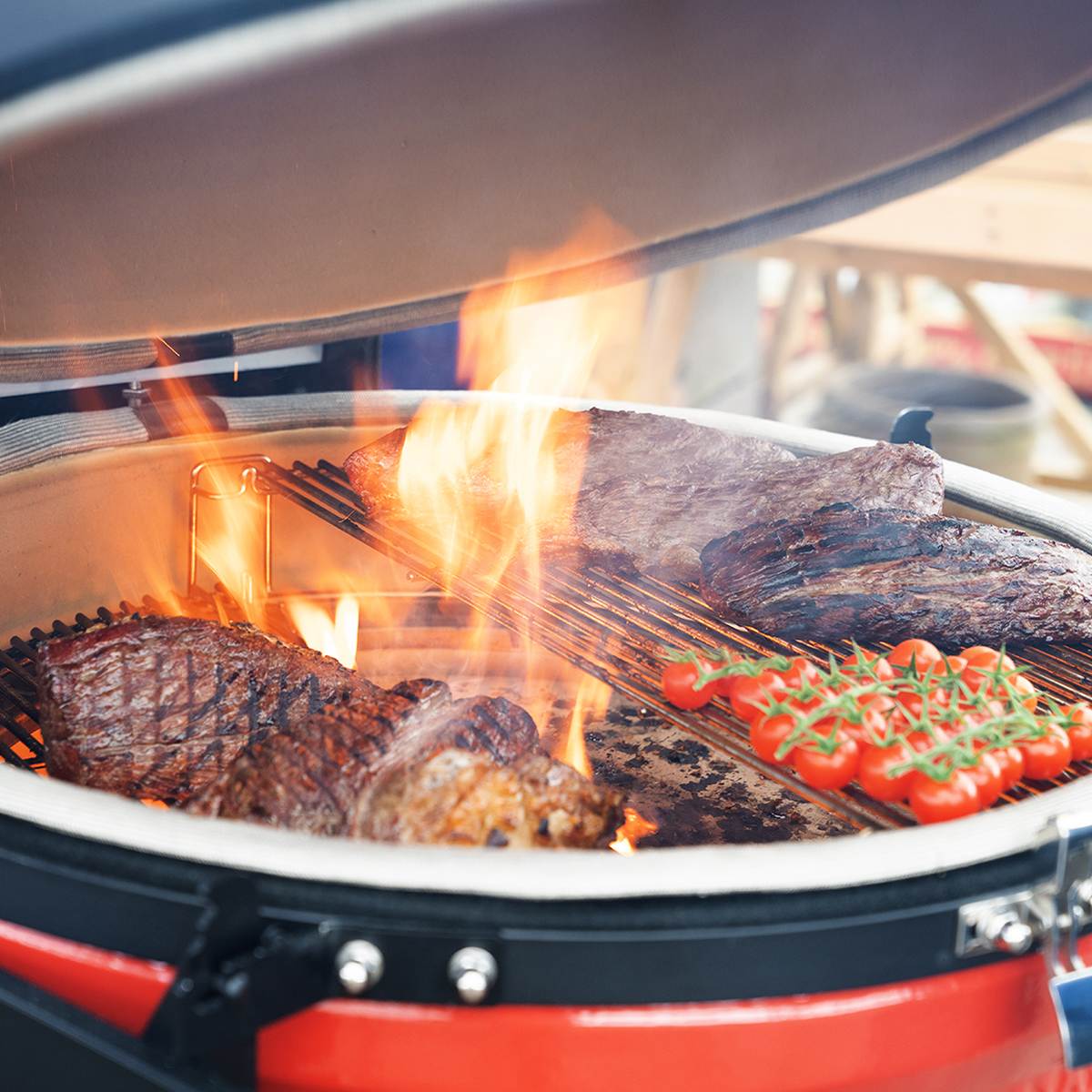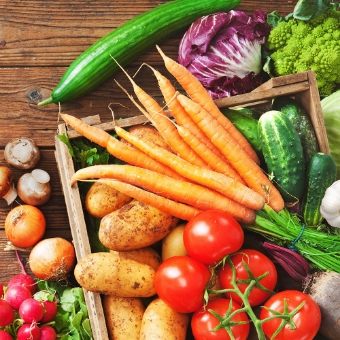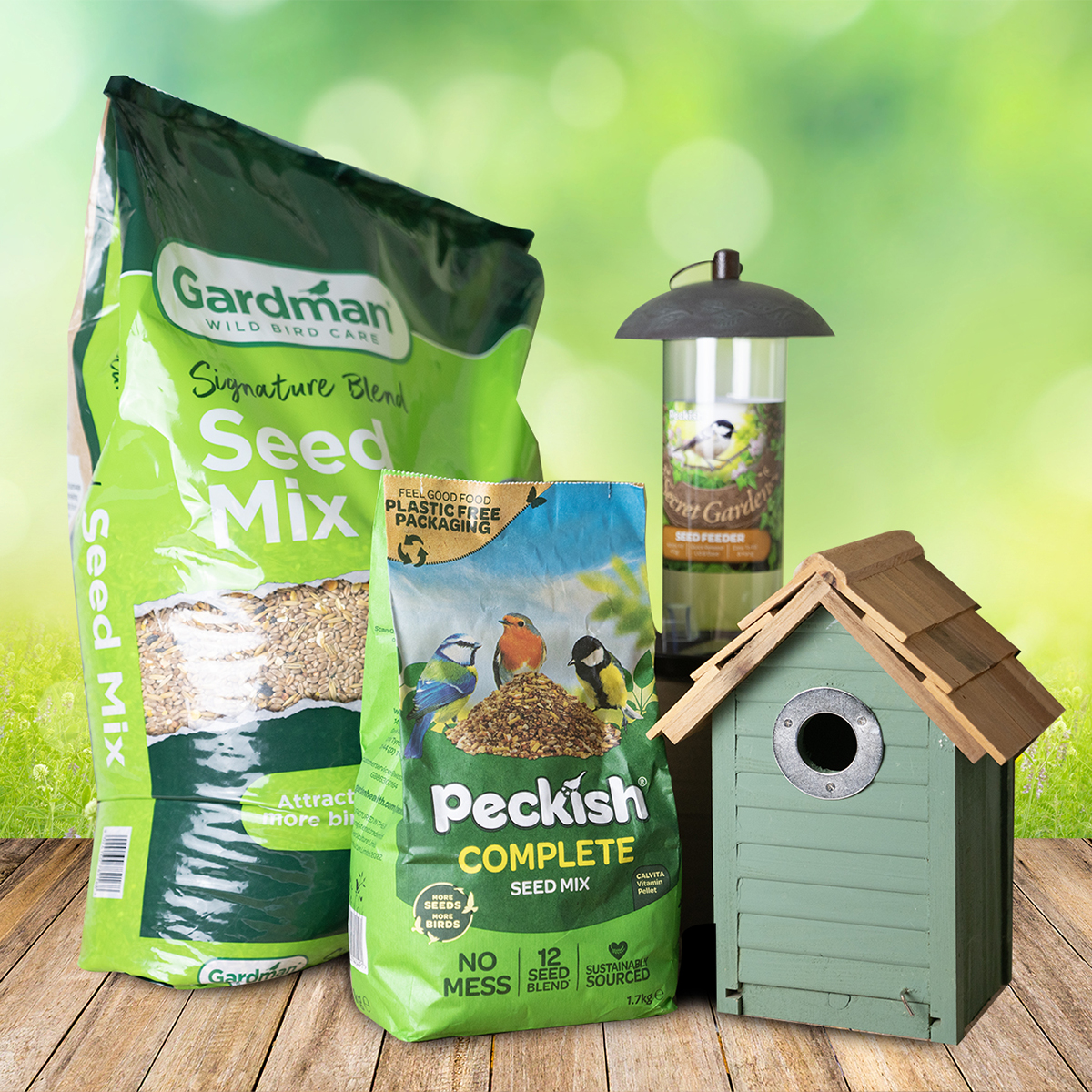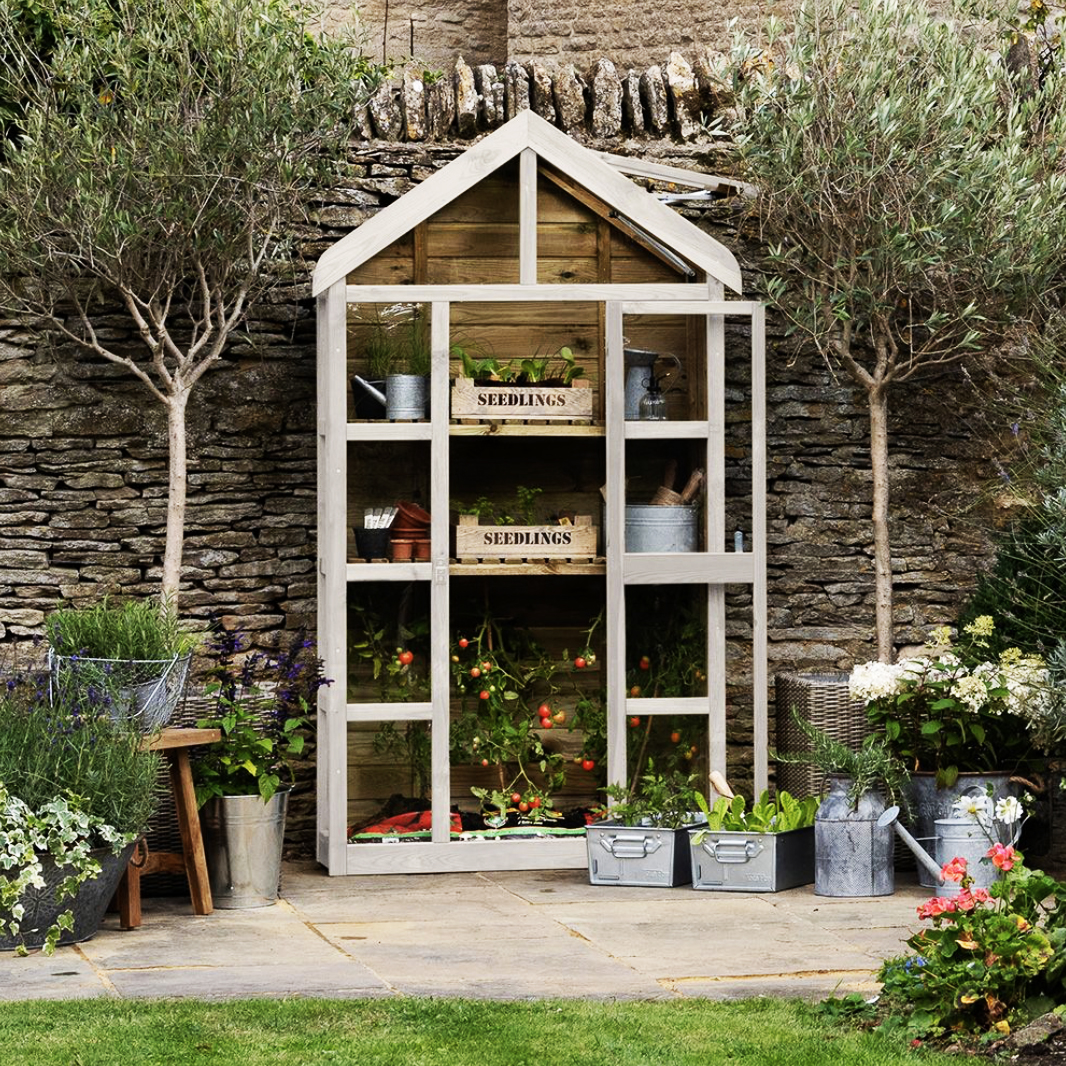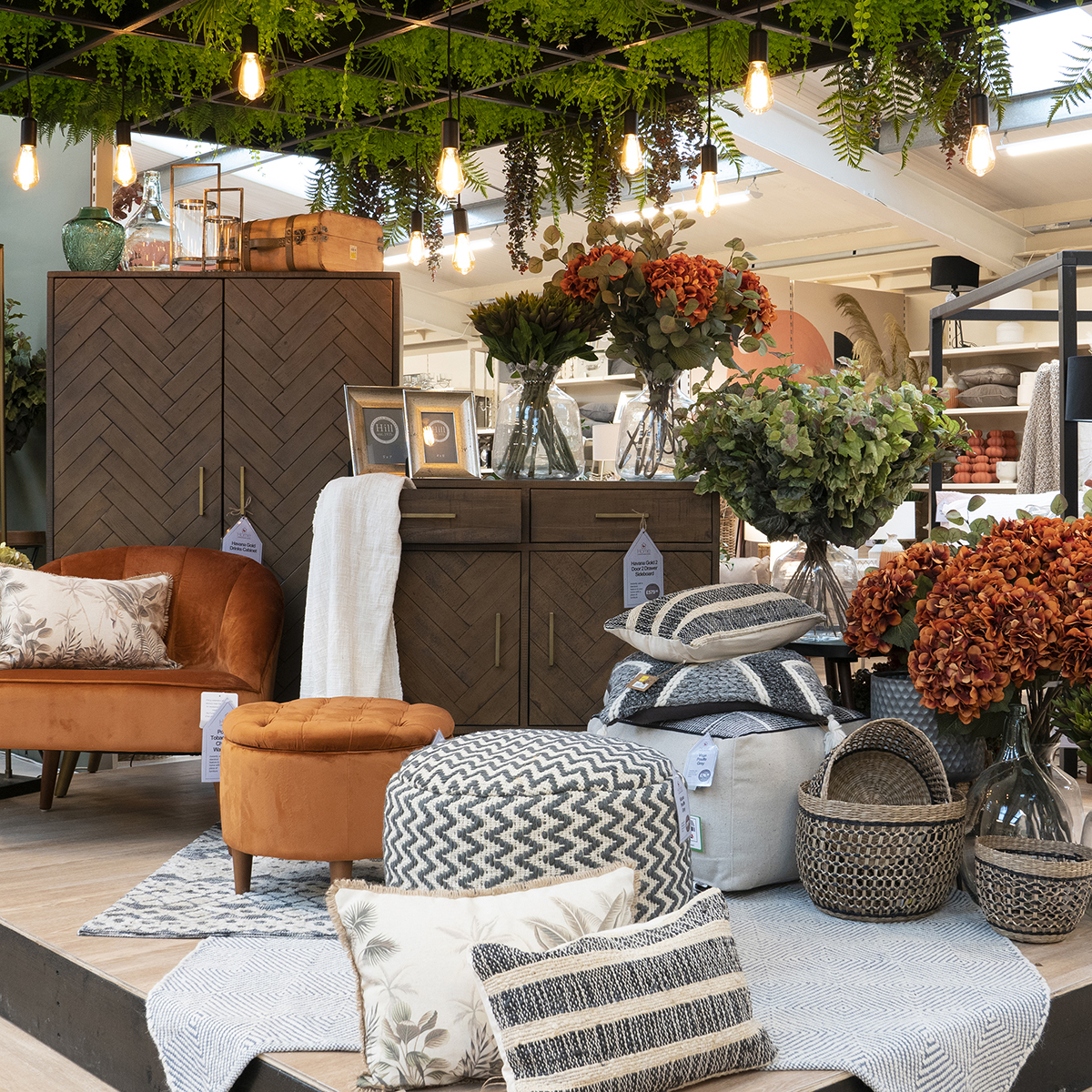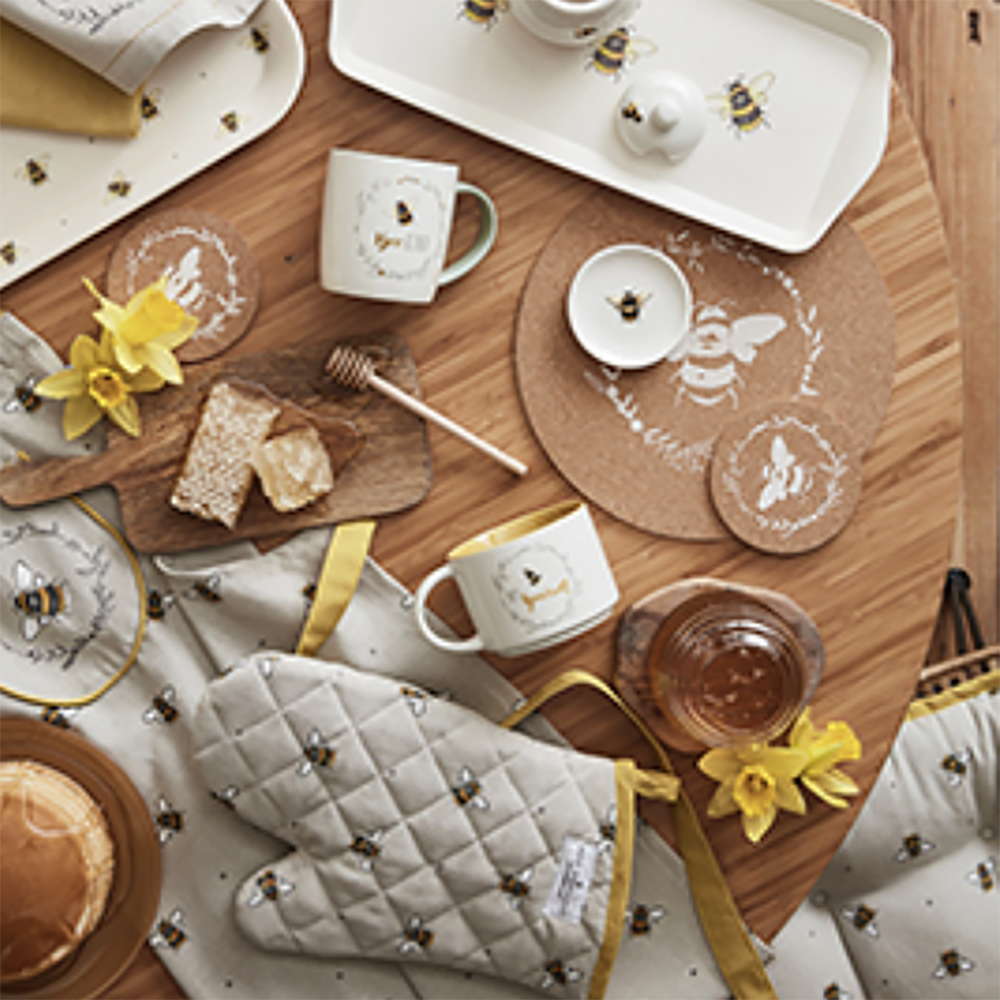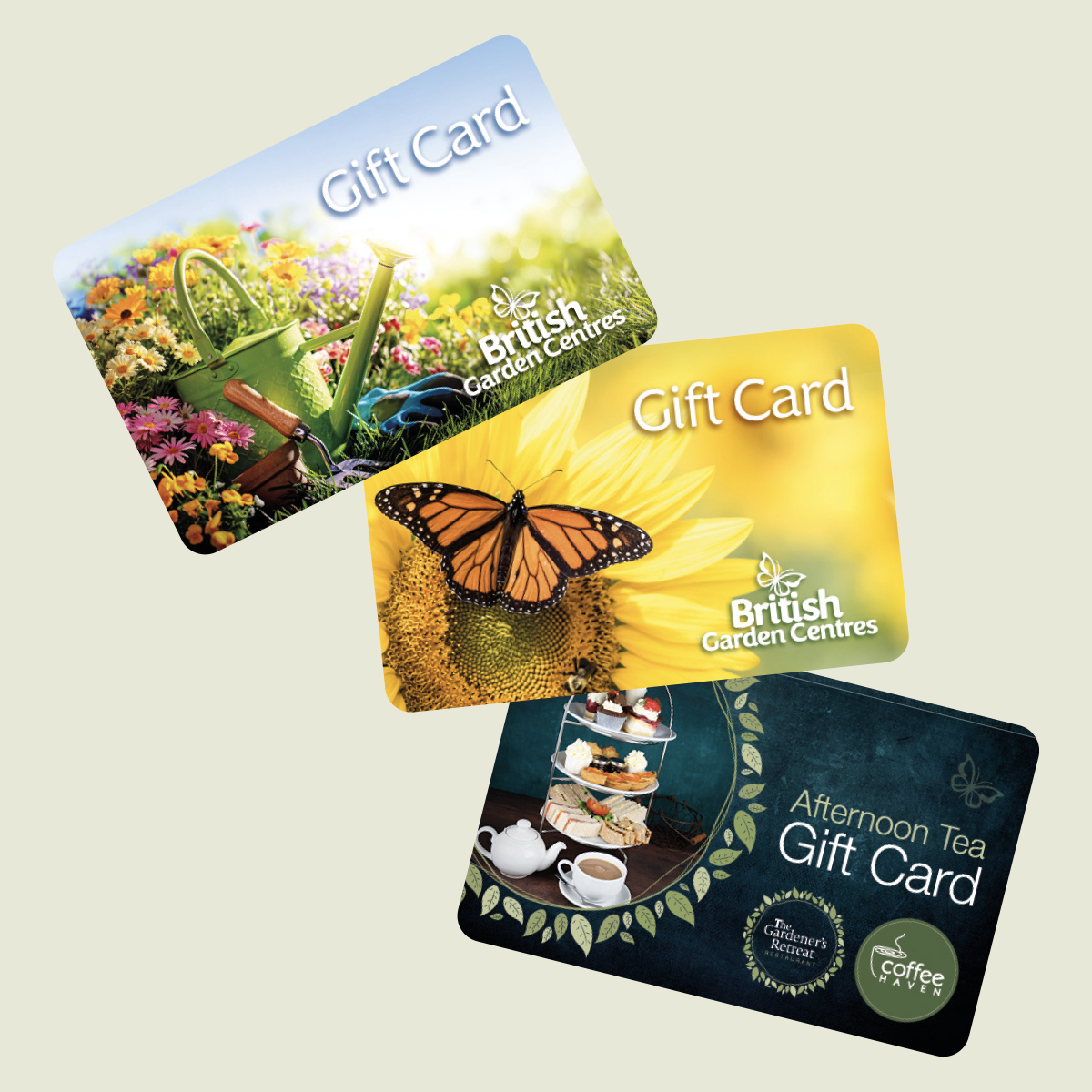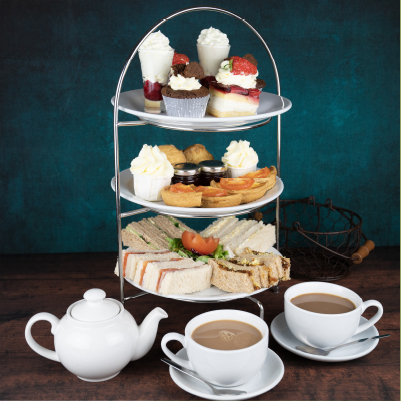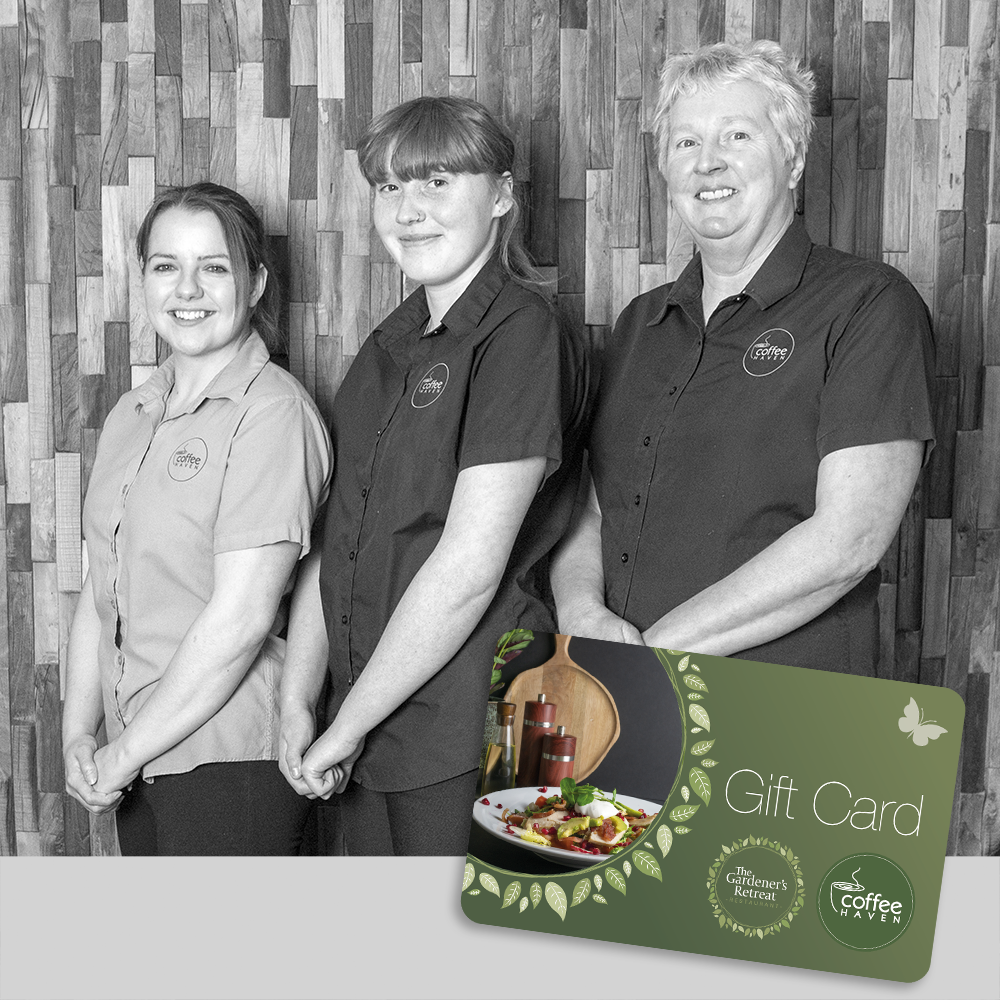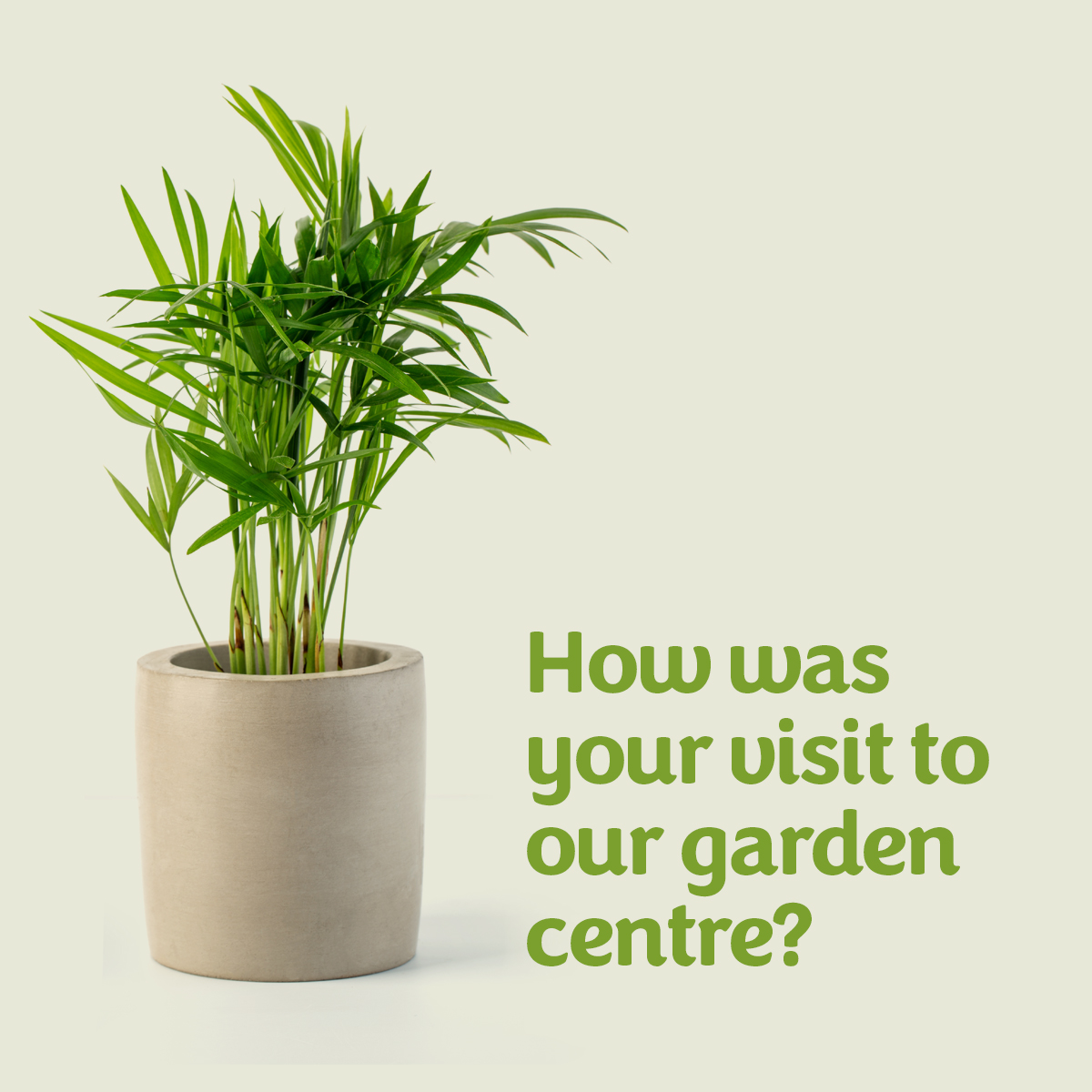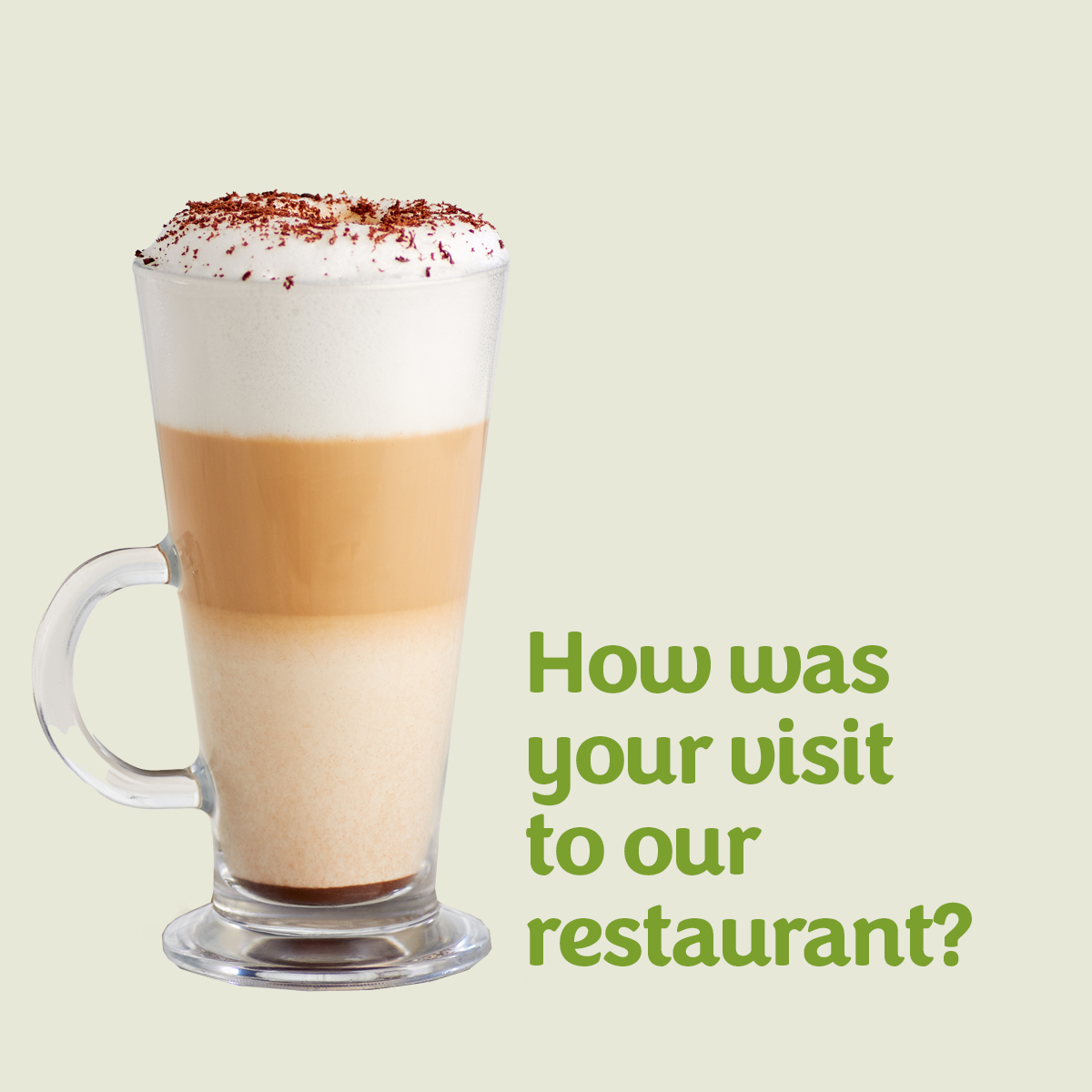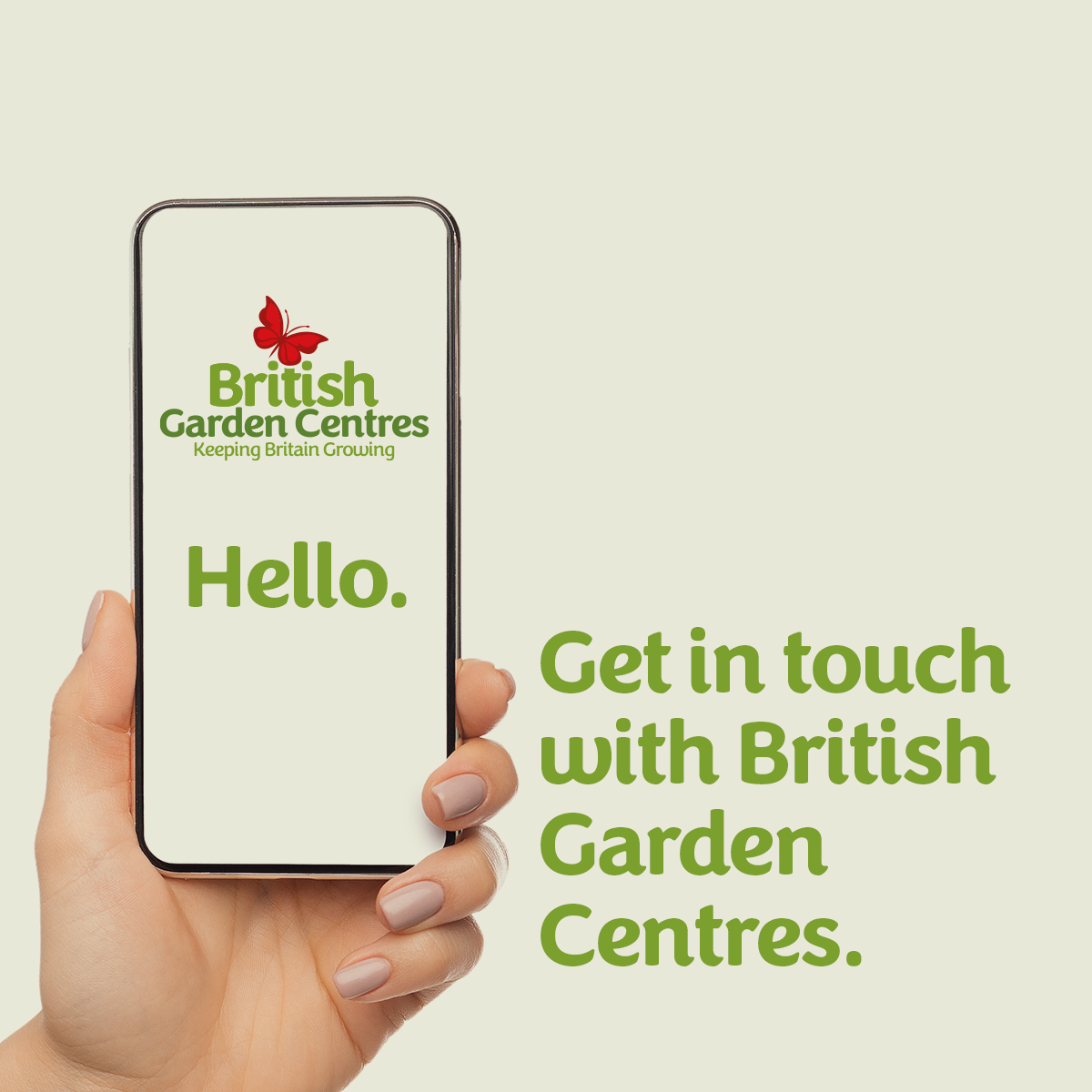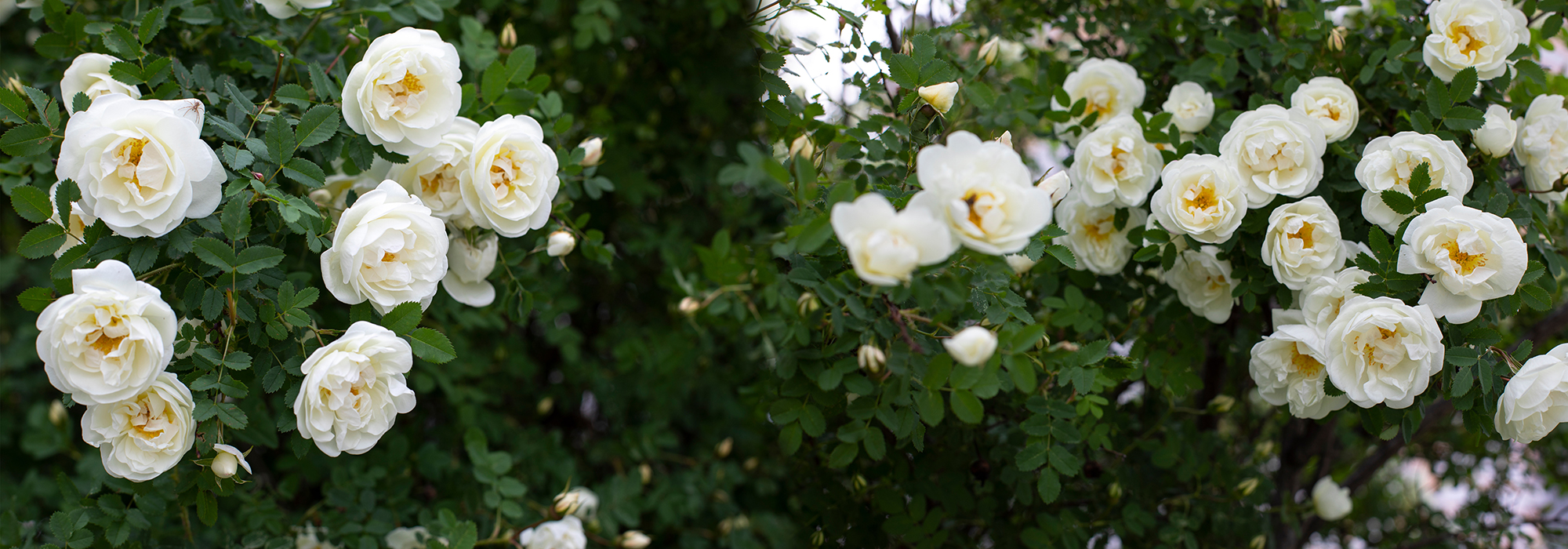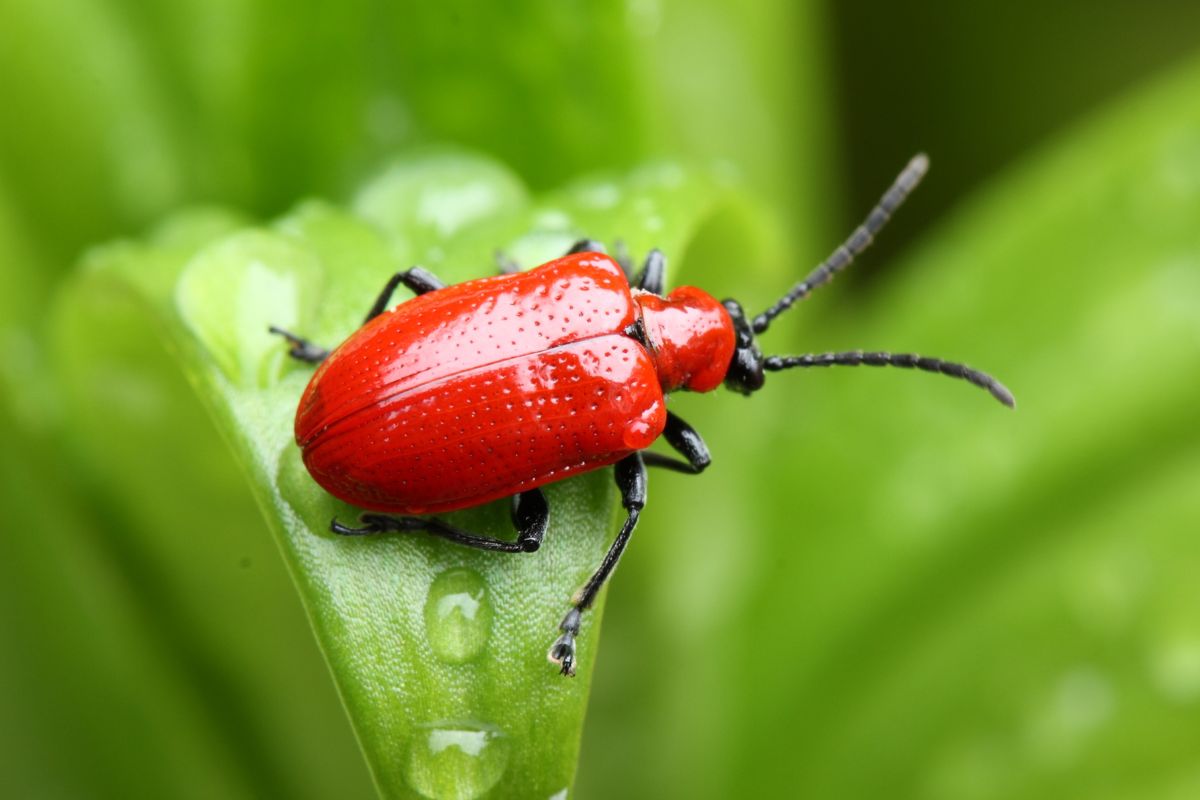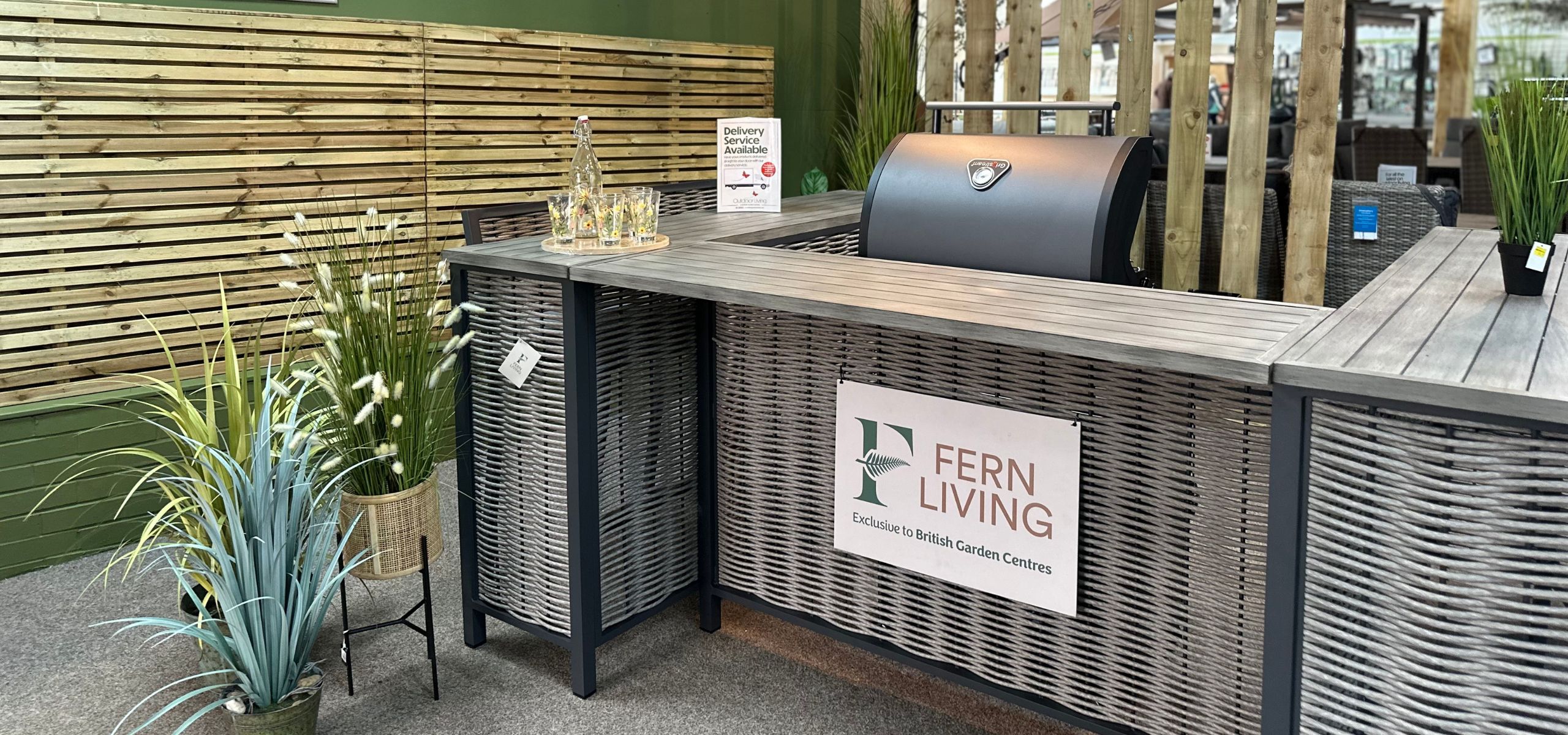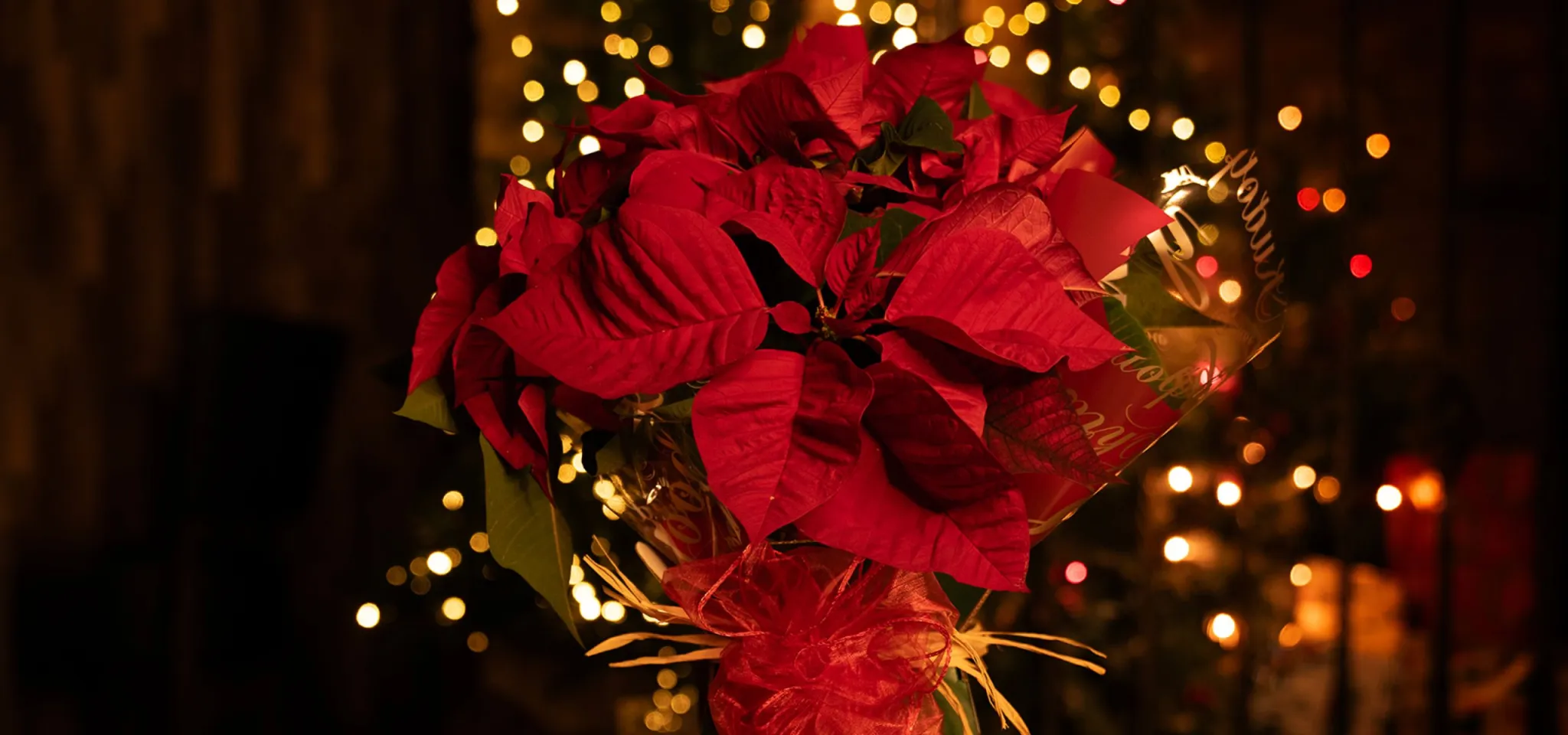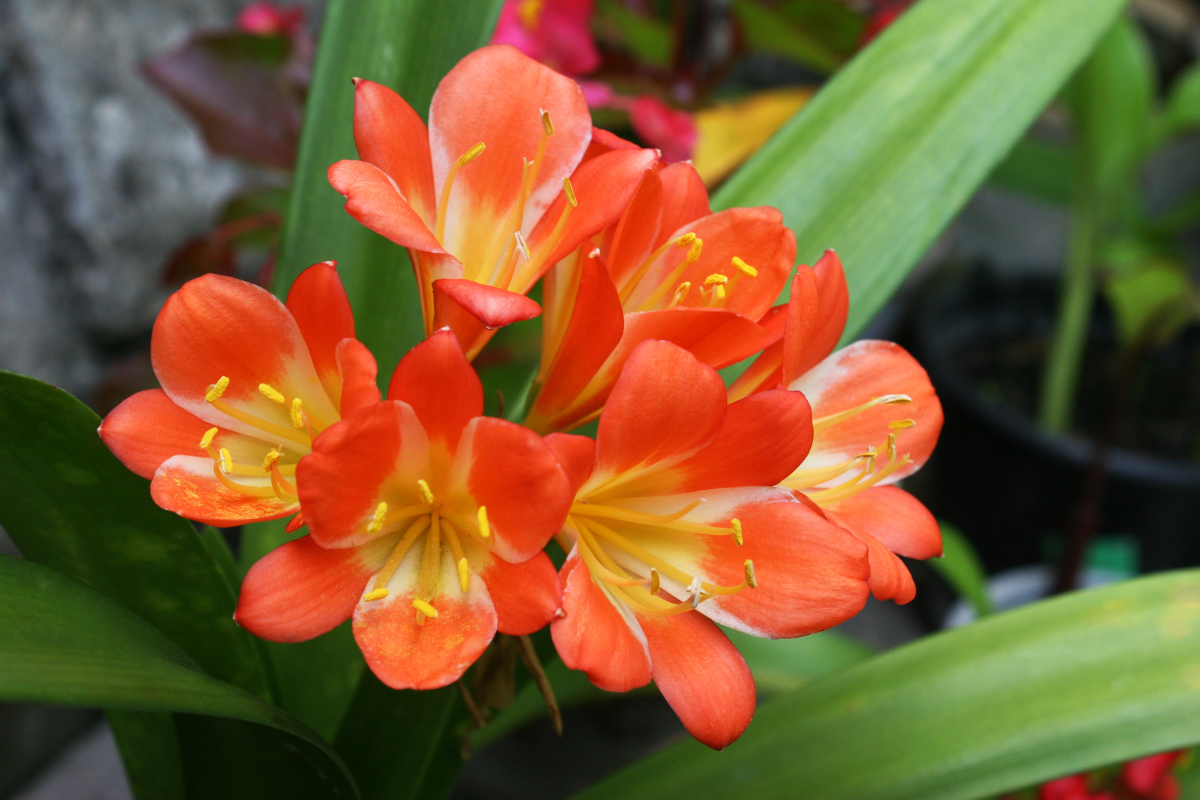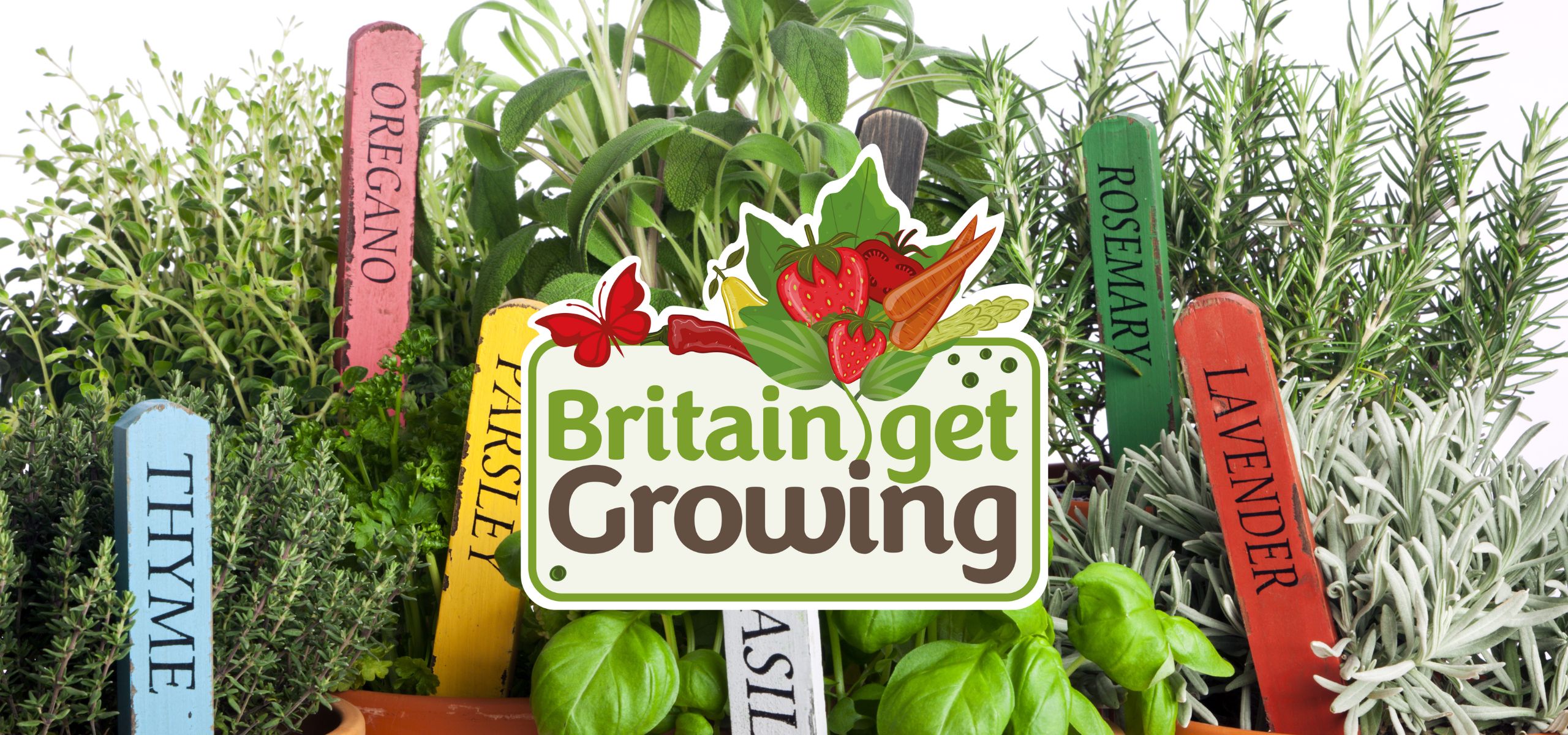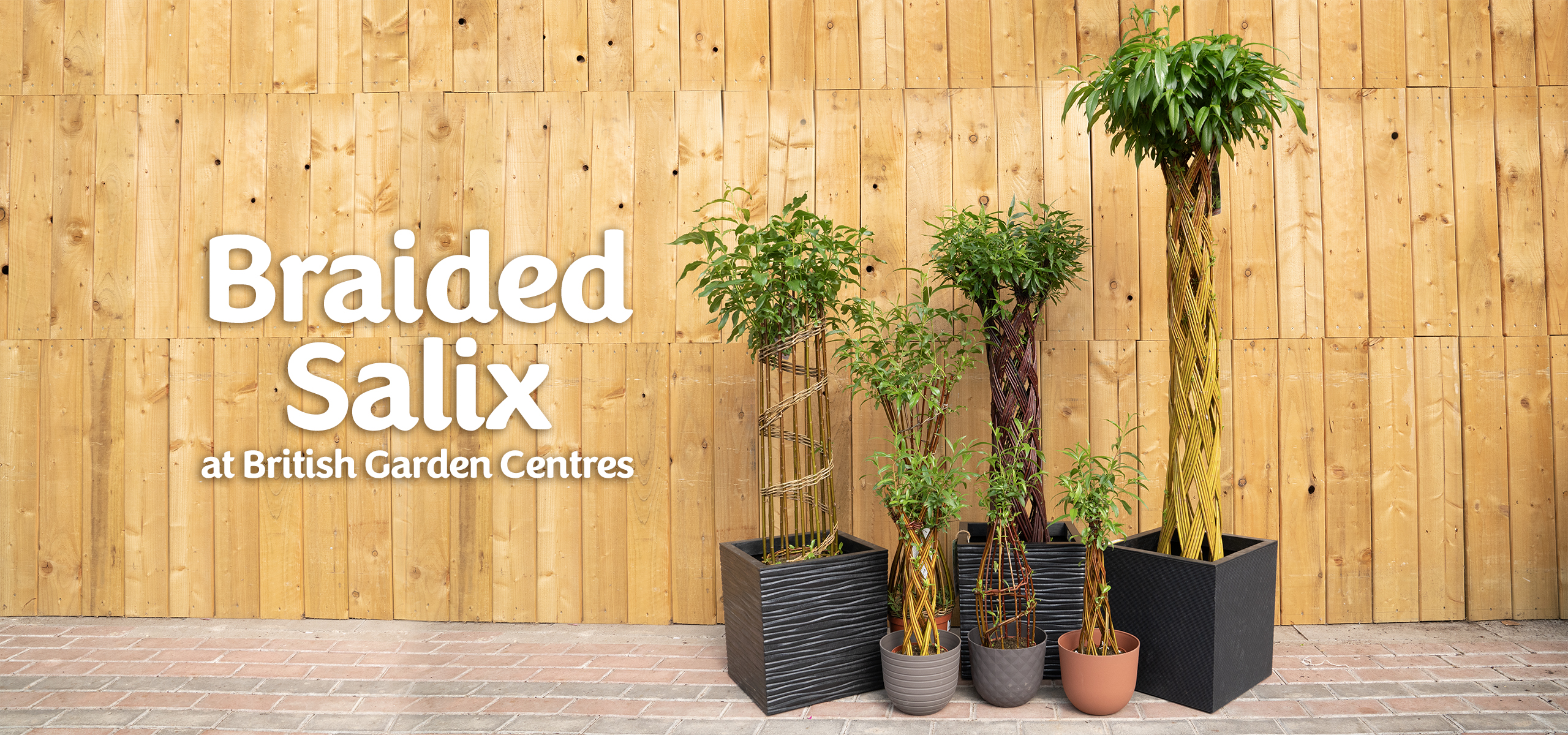Hello
There are probably quite a few of you who feel (as I do) that Valentine’s Day has been over-commercialised. Let me offer you a solution where you can both enjoy the romance and spend your money wisely…
Indulge in a romantic garden, with scented flowers and private bowers for year-round pleasure with your beloved. Or if there is no space for that, why not a romantic border, perhaps with flowers named for your sweetheart? Where budget or space is at a premium, share your love with a few well-chosen flowering plants where the fragrance will bring fond memories of you.
Do you perceive my drift? Then let me suggest some ideas for you to choose from, starting with a traditional choice or two.
Traditional Valentine’s Day Flowers
These days our minds spring straight to red roses, but Sweet Violets, Viola oderata, are a traditional Valentine’s Day flower, especially as they are flowering outside in the British Isles in February. (Although I did spot some roses in flower in a sheltered walled garden recently!)
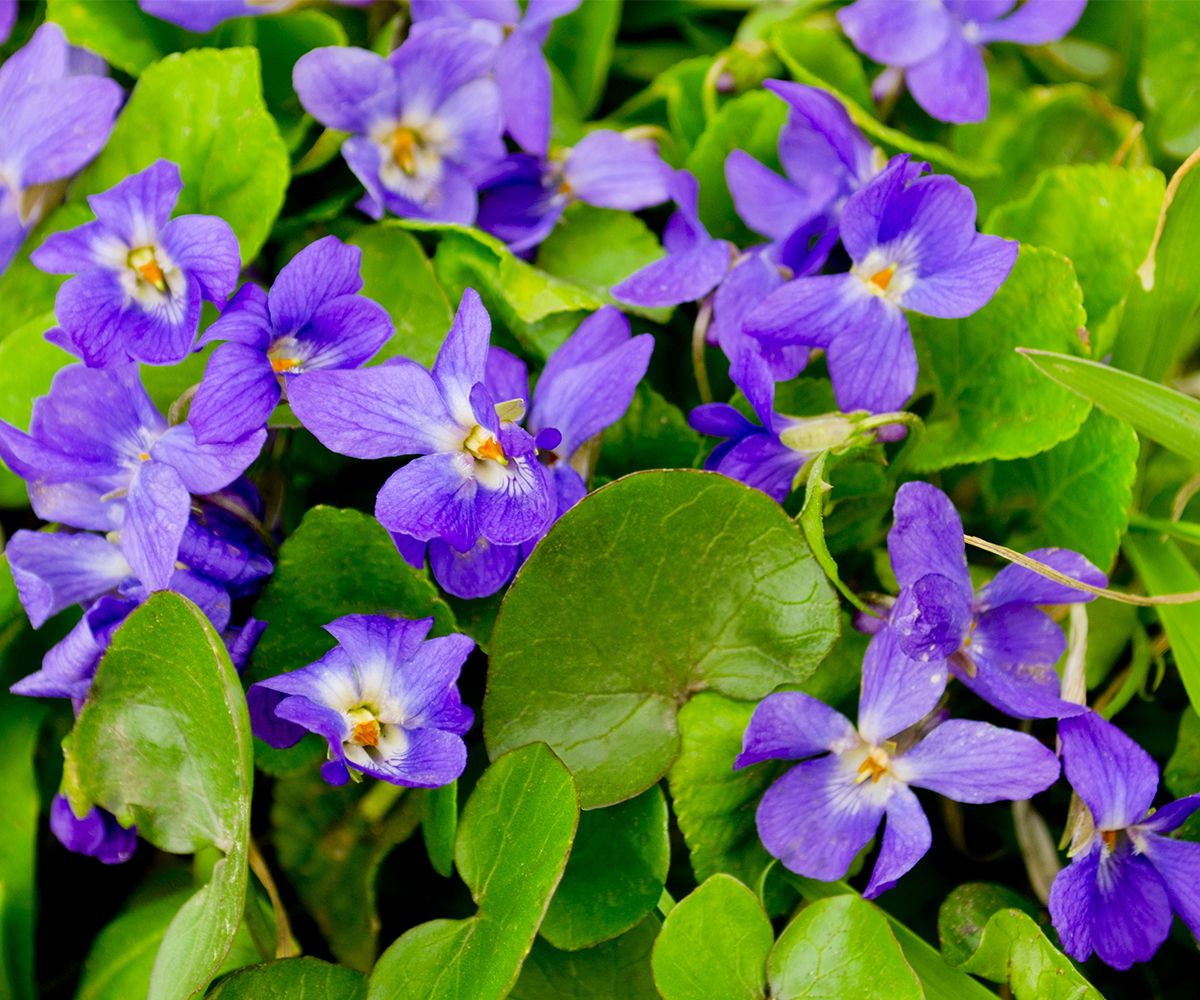
Sweet Violets
Sweet violets have a distinctive scent and have been used as a perfume for hundreds of years, for example by the Romans. They were a favourite of Empress Josephine, Napoleon’s first wife. Every year on their wedding anniversary he would present her with a bouquet of sweet violets. And violets featured widely on Valentine’s cards in the nineteenth century.
Where to grow Viola oderata
Containers, especially tall pots by your front door or pots on a patio table, so that you can enjoy the scent nearer to nose level.
Rock Garden – their small size and liking for free draining soil makes them ideal for inclusion in rockeries.
Cottage Garden – they have an informal air which suits cottage gardens where they can edge flower borders and paths, delighting the spring air with a delicate scent.
Violets also grow well in woodland gardens and can be surprisingly tolerant of sea air, so coastal gardeners can grow them too.
Remember they prefer dappled shade during the summer months.

Romantic Roses
But there is nothing at all wrong with a romantic rose, be it red, yellow, white or pink. in fact, if you’re thinking of presenting your loved one with a rose bush for Valentine’s Day, why not choose one with a heartfelt message?
The top contenders are probably Rosa ‘My Valentine’, also known as ‘Grande Amore’, a crimson hybrid tea rose with a pleasant fragrance. Rosa ‘Valentine Heart’ is a pretty floribunda with lilac-pink frilly petals and a sweet fragrance. Another floribunda, Rosa ‘One Love’, has clusters of smoky mauve flowers with a superb fragrance.
Climbing roses covering a romantic arbour are rightly popular, but choose one without too many thorns! An almost thornless climber is the Sweetheart Rose, also known as Rosa ‘Cecile Brunner’. This has soft pink clusters of blooms and a sweet scent.
More ways in which to be Romantic with Plants
Choose a mix of fragrant flowers
For example, Hyacinths and Lily of the Valley (Convallaria) will bloom through February and March. I’d be tempted to include Forget-me-nots (Myosotis) as well to extend the message and the flowering season. Add aromatic evergreen herbs such as Rosemary (for remembrance) and Thyme (“I always have time for you”). And you have a romantic garden in miniature to present to your Valentine! As the plants are all perennials, and able to grow in containers or in the garden it’s a practical choice too.
Choose a plant named for your Valentine
Preferably scented, although not critical. For example, Daphne bhoula is a wonderful winter flowering shrub with a heady fragrance. And then there’s Hamamelis, Witch hazel flowering now in yellow and orange and fragrant too.
Or perhaps Dianthus Oscar or Sweet Williams (Dianthus barbatus) are more your style? And then there are many roses named for people – Elizabeth being a popular one, but there’s also Geoff (as in Hamilton the famous gardener and Gardeners World presenter), Sophy and Danny.
We could play around a bit: what about a Camellia for Camilla? Or an Olive tree for Oliver? It's certainly worthwhile having a good look around at the garden centre and being inspired.
Romantic Gardens
And so onto creating a small or large romantic garden within your garden. This is not about the 18th-century style of gardening called ‘Romantic’ or ‘Picturesque’, but a few inspirational ideas with which you could treat your Valentine.
Romantic gardens can be formal or informal. The former has, for example, straight lines; low-growing evergreen herbs to edge paths; heart-shaped topiary (well maybe!). The latter has winding paths; plants spilling over the edges of borders; rambling roses. But they should both have a feeling of seclusion, of being a place away from the world. For example, you could surround an area with climber-covered fencing or hedges to hide it from view. Add an archway with a gate to really make the separation from ‘normal life’.
A flower-covered arbour (bower) with plenty of room for two to cuddle on a comfy seat can be highly romantic. Remember that it’s not just about the three sides that enclose you but also the view from the open side. If you can, screen this with a trellis to match your arbour trellis style and use it to support scented climbing plants such as sweet peas or the evergreen Clematis armandii.
If there’s a border in your garden that could do with a spring refresh, why not choose plants with a romantic theme to give you a dreamy scheme all year? As well as those named above, what about this selection to get you started? Obviously, your soil type and whether the border is sunny or shady will affect what you can grow.
The aromatic foliage of evergreen herbs makes them an essential element in a romantic garden. Non-flowering Chamomile and creeping Thyme are ideal for planting in the gaps between pavers or bricks in a path: the scent is released as you walk.
Flowers that symbolise both love and romance include peonies, red tulips and Dianthus/border Carnations. For flowering shrubs, choose Myrtle, Camellia and honeysuckle. You could even have some fruit trees, in particular, Quince, Orange and Cherry which symbolise both love and marriage.
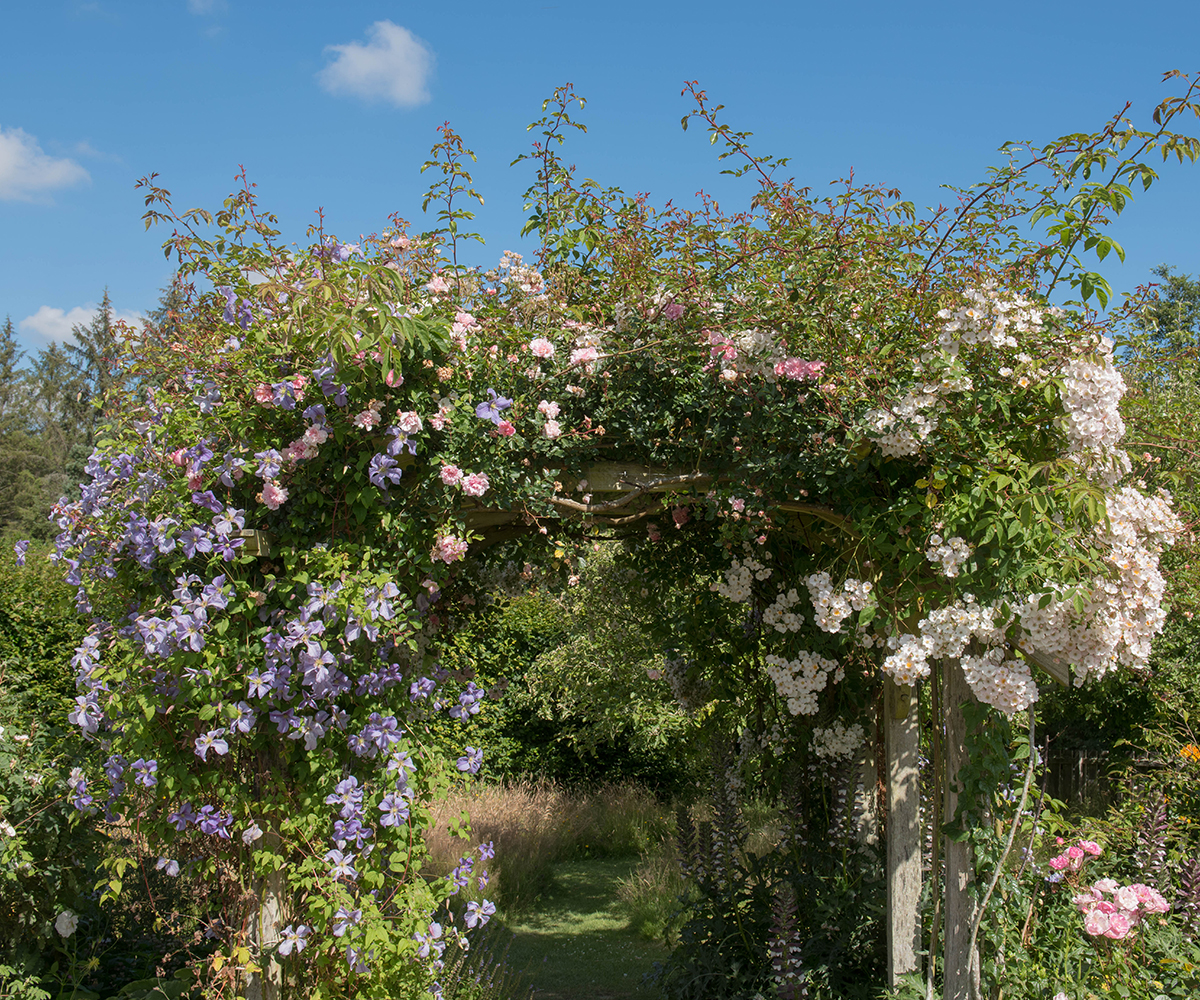
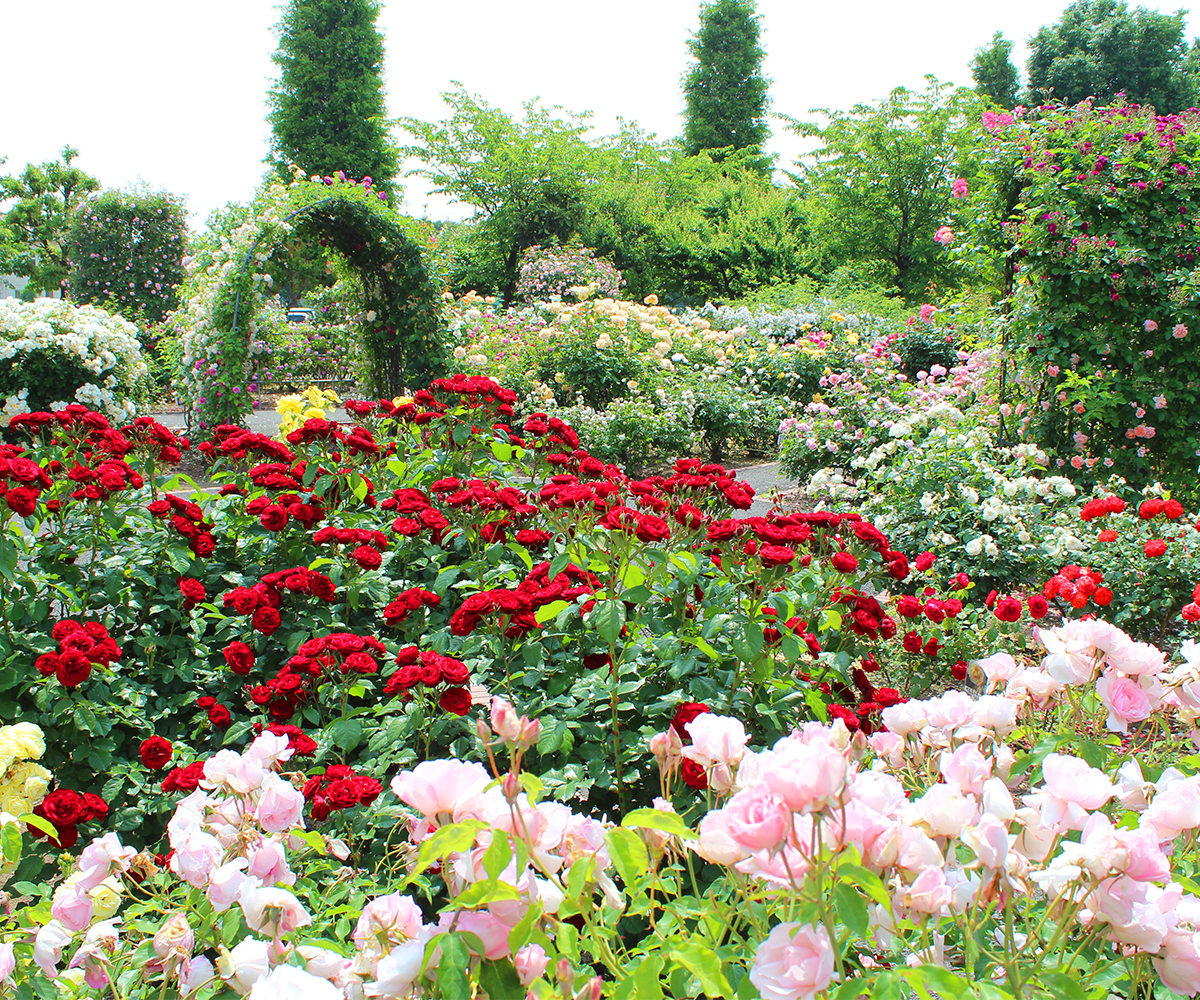
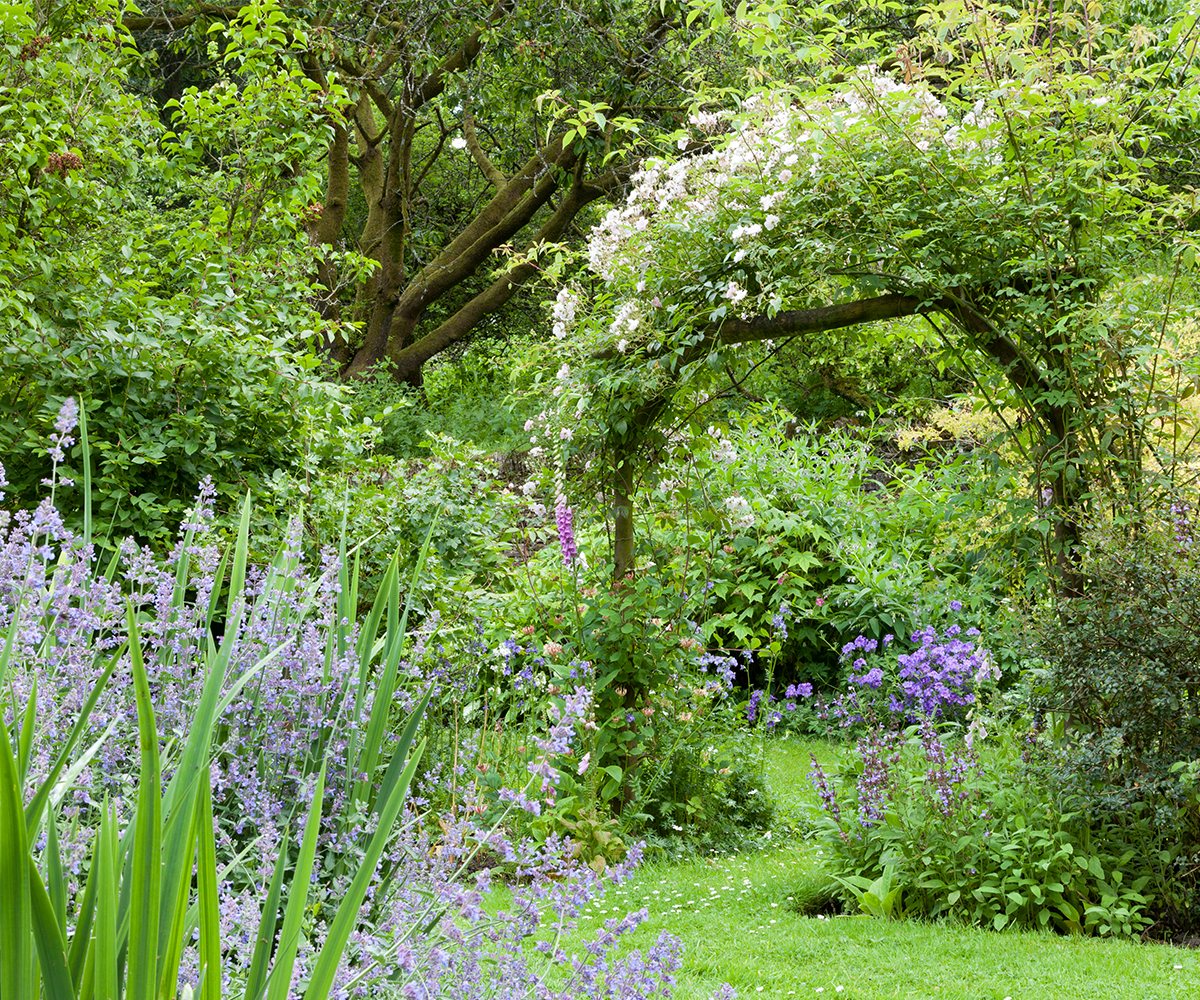
That’s all for now. In March, we’ll be looking forward to spring planting and Easter-related plants. Not chocolate plants though, have a look at my April 2022 article for those.
See you next month,
Marie
About the author
Marie Shallcross is an advocate of edible ornamental gardens - beautiful, practical spaces that are both human-friendly and wildlife friendly. She is the owner of Plews Garden Design, offering bespoke Gardening Lessons where your garden is your classroom. As well as Garden Design, Planting Design, and Garden Consultancy.
A member of the prestigious Garden Media Guild, Marie writes a weekly award-winning gardening blog – Plews Potting Shed - plus articles for various publications and websites.
